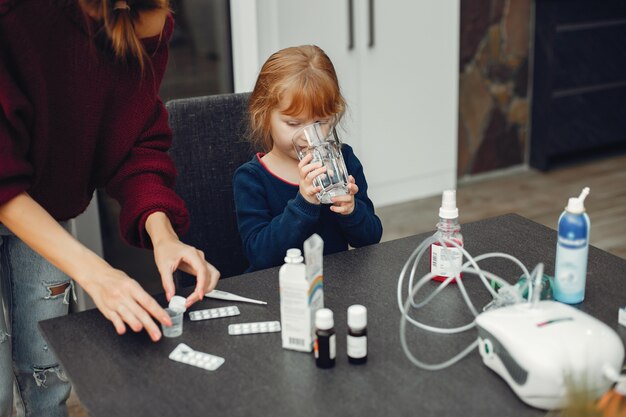The drug overdose crisis is a public health emergency that continues to devastate communities across the nation. Over the years, overdose deaths have risen at an alarming rate, fueled by the spread of highly potent substances. Efforts to combat this epidemic require a multifaceted approach, including public awareness, better access to treatment, and proactive prevention strategies. By exploring the scope of the crisis and examining how communities can respond, we can work together to save lives.
The Escalating Drug Overdose Crisis
Drug overdoses are now one of the leading causes of preventable deaths in the United States. According to public health data, overdose fatalities have skyrocketed in the last decade. While prescription opioids initially dominated the early phases of the epidemic, illicit drugs such as fentanyl and methamphetamine now drive the majority of overdose deaths.
Fentanyl, in particular, is a synthetic opioid far more potent than heroin or morphine. Its potency makes even small doses highly lethal, and it is often mixed into other drugs without users’ knowledge. This deadly cocktail has created a perfect storm, contributing to record-breaking overdose numbers.
The ripple effects of the crisis reach far beyond individuals. Families are shattered, workplaces struggle with productivity losses, and communities face increased burdens on healthcare and public safety systems.
Contributing Factors to the Epidemic
Understanding the factors behind this epidemic is key to addressing it effectively. Several issues have converged to worsen the crisis, including:
- Widespread availability of drugs: Illicit drug markets have expanded, with substances like fentanyl becoming more accessible and cheaper than ever. Higher availability increases the overall risk of misuse and overdose.
- Lack of education: Misconceptions surrounding drug safety and the risks of overdose remain prevalent. Many do not fully understand the dangers of certain substances or how easily addiction can develop.
- Barriers to treatment: From stigma to a lack of resources, accessing proper addiction care is often a challenge. Treatment centers are overwhelmed, and individuals may not seek help due to shame or fear of judgment.
Prevention and Awareness
Preventing drug overdoses starts with educating the public about the risks of drug use and equipping individuals with tools to make informed decisions. Awareness campaigns can emphasize key messages, such as the dangers of fentanyl contamination in recreational drugs and the importance of never using drugs alone.
Additionally, schools, workplaces, and community organizations can play a role in spreading awareness. Programs focused on early intervention for at-risk individuals can prevent substance use before it begins. Education about the proper use and disposal of prescription medication is crucial in reducing opportunities for misuse.
Another essential prevention measure is widespread naloxone distribution. Naloxone is a medication that can reverse an opioid overdose if administered quickly. Expanding access to this life-saving tool, along with training people to recognize and respond to overdoses, has already helped save thousands of lives.
Treatment and Recovery Solutions
Treating substance use disorders effectively requires a comprehensive approach that includes counseling, medical interventions, and long-term support. Recovery is not a one-size-fits-all process. Each individual has unique circumstances, and treatment settings must reflect this diversity.
Fentanyl-specific treatments are becoming a focus due to the drug’s unique dangers. For instance, many individuals benefit from specialized programs, like fentanyl rehab in Idaho, which cater to the specific needs of those struggling with this powerful drug. Creating safe, supportive spaces for recovery helps individuals regain control of their lives and reduces the risk of relapse.
Community and Policy-Level Interventions
While individual efforts are vital, community and government actions are just as important in combating the overdose epidemic. Lawmakers must address gaps in healthcare systems by providing funding for addiction treatment programs and mental health resources. Policies that expand access to harm reduction tools—like supervised consumption sites and syringe exchange programs—can have a major impact in reducing overdoses.
Communities can also unite to create supportive environments for those in recovery. Initiatives like peer support groups, job assistance programs, and access to affordable housing ensure that individuals attempting to rebuild their lives after addiction are met with encouragement rather than obstacles.
The Road to Hope
Although the drug overdose epidemic is one of the most pressing challenges today, progress is possible with the right strategies in place. Through education, prevention, treatment availability, and supportive communities, we can stem the tide and save lives.
It’s vital for individuals, families, and policymakers to work together to address this crisis head-on. Solutions require compassion, commitment, and collective action to create pathways to recovery and brighter futures for those affected by addiction.








Leave a Reply